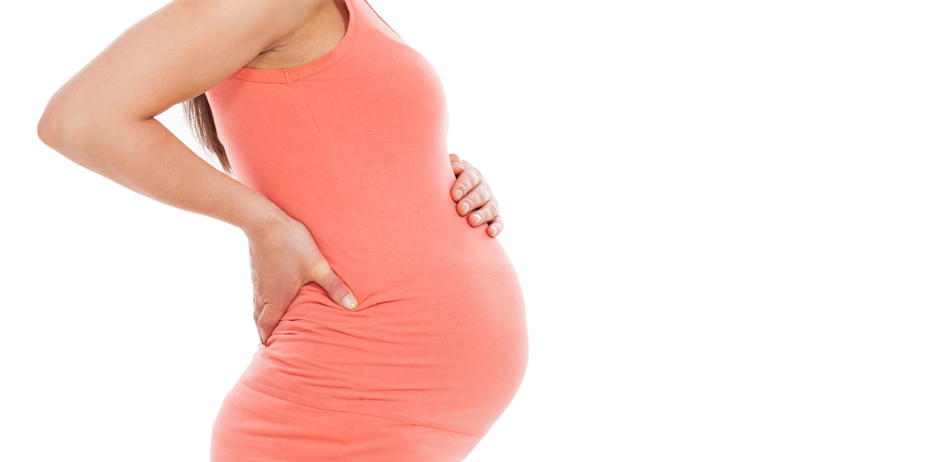Parents & Posture – Pregnancy


During Pregnancy women experience an increase in lumbar curving during pregnancy due to the increased weight being carried out in front. This puts more pressure on some of the joints of the spine, causing discomfort and, for some women, pain. Essentially, the centre of gravity has been moved and, even after giving birth, problems caused as a result of irritated joints and nerves can take a while to resolve.
As pregnancy progresses into the final stages, relaxin is released in order to prepare for birth and does exactly what it says; ‘softening’ the muscles, ligaments and tendons! At this time, the body is more unforgiving and it is easy to overstretch or lift something and cause more of a problem than normal. Knee and ankle pain is less common during pregnancy, but can occur at this time due to the relaxation of muscle support and the increase in weight in the final trimester.
General Posture Advice
- The fitter you are and the more muscle tone you have before pregnancy, the more likely you are to be able to cope with the body’s postural changes.
- Core exercises are very useful and you can talk to a chiropractor, GP, midwife or other healthcare professional for advice on this.
- Swimming and aqua natal classes are also of benefit, as being in the water takes the pressure off strained joints whilst providing good exercise and relaxation.
- Avoid high heels and wear comfortable, supportive shoes.
- If you have children already, it can be difficult as they will need lifting and carrying. Always lift with your spine straight and bend knees to avoid leaning, stretching or bending.
- Do not sit for prolonged periods, take a regular break and, when sitting, let the seat take your weight and, if possible, keep as much of your body in contact with the chair so that your whole body is supported. Knees should be lower than your hips.
Post-Natal Posture Advice
- Relaxin stays in the body for a prolonged period of time after pregnancy, especially if you breastfeed, so you must continue to be very careful when it comes to carrying, walking and lifting.
- Try doing lots of gentle stretches and do pelvic floor exercises whenever possible.
- Before lifting your baby, gently suck your tummy in to provide a corset of support for your back.
- After three months start doing more brisk walks out with the pram, continue to stretch and, as well as pelvic floor exercises and stomach exercises. Doing exercises and getting out and about each day will not only help you physically but will also help a general feeling of well-being.
